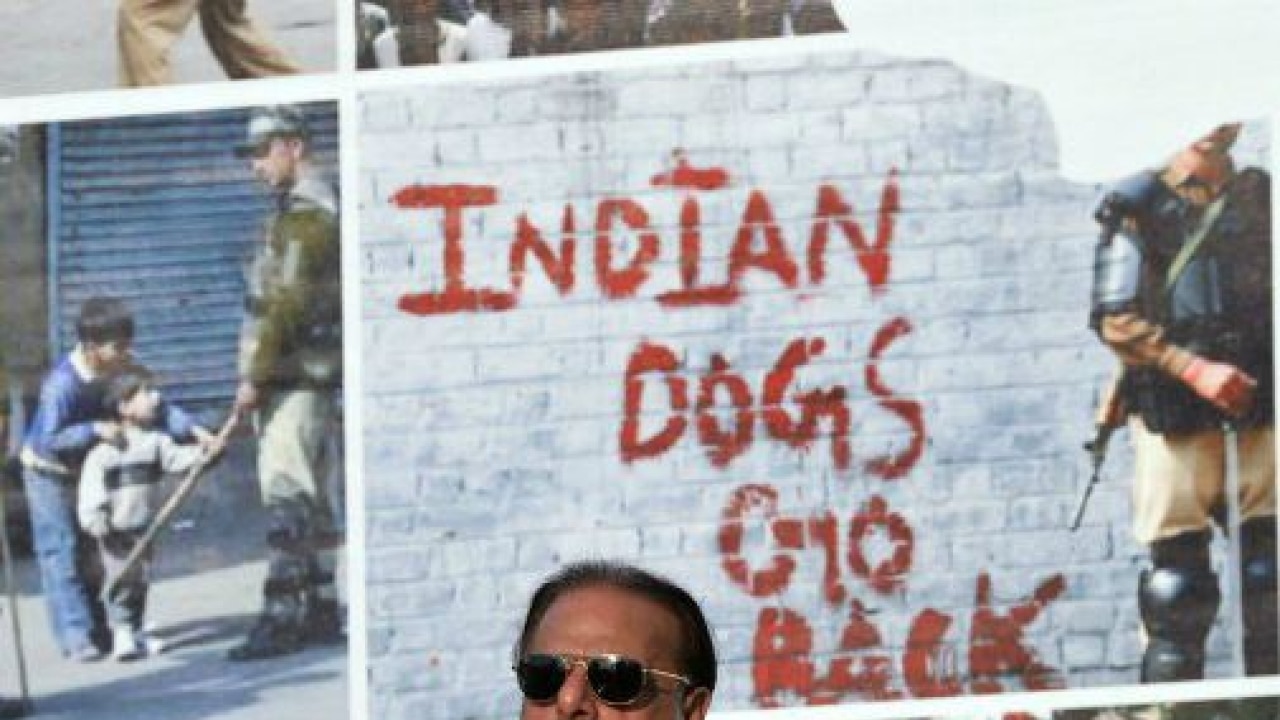
The recent passing of Hamid Gul, a Pakistani general who served as head of the powerful Inter-Services Intelligence (ISI) agency in the late 1980s, elicited a good deal of media commentary about the instrumental role he played on several fronts - the collapse of the Soviet Union, the jihadisation of Afghanistan and Pakistan and the destabilisation of the Punjab and Kashmir regions in India.
But Gul also exemplified the oscillations within the Pakistani military establishment between anti-India paranoia and the desire to stabilise relations with Delhi. Consider, for example, the tale once related to this author by the man who was the CIA station chief in Pakistan when the C-130 Hercules aircraft carrying Pakistani strongman Mohammed Zia-ul-Haq exploded mid-air and crashed under mysterious circumstances in August 1988. The crash killed Zia and a group of senior Pakistani army leaders, as well as the US ambassador to Pakistan and the chief of the US military mission there.
Zia did not lack for enemies, both in and outside of the country, and his sudden, violent death launched a grab bag of colourful conspiracy theories. John Gunther Dean, then serving as the US ambassador to India, came to believe that Israel was possibly behind Zia’s demise, an allegation that quickly led to his ouster from the Foreign Service. The incident even prompted a satirical novel that won a Commonwealth Book Prize.
Zia was Gul’s patron, and the latter had no trouble in believing the crash was the result of Indian skullduggery. As the story was told to this author, Gul rushed up to the CIA station chief when the latter arrived at the crash site in eastern Pakistan, and loudly announced that he had determined the Indians were behind it. The station chief pressed him to detail the evidence for his claim. Gul finally admitted that there was no concrete evidence, but he rationalised that since the Indians were so skilled at covering their tracks, the lack of evidence could only be taken as certain proof of their involvement.
Paranoia and Pragmatism
The mindset Gul displayed that day explains why Pakistan is sometimes referred to by its detractors as 'Paranoidistan'. It lies behind such crazy notions like blaming India for the massive floods that ravaged Pakistan in mid-2010, the December 2014 massacre of some 130 school children in Peshawar, or the heat wave three months ago that killed some 1,000 people in Sindh province. (Of course, the Indian side occasionally slips into the same mindset, such as when it detains pigeons as part of a suspected Pakistani spy operation.)
But Gul also had another side. As head of Pakistani army intelligence in the mid-1980s, he counselled restraint during the so-called “Brasstacks” crisis, when a massive Indian military exercise near the border raised serious concerns about a possible offensive into Pakistan. This caution reportedly helped bring about the de-escalation of a situation many feared would spiral into outright war and perhaps even nuclear conflict.
Later, when he moved into the ISI post, Gul was the principal representative in secret discussions with India over the de-militarisation of the Siachen Glacier, an uninhabitable stretch of the Himalayas north of Kashmir that is contested by Indian and Pakistani military forces at great cost to both sides. AK Verma, who then headed India’s foreign intelligence agency and served as Gul’s interlocutor, has acknowledged that the talks were near fruition when they were derailed by Zia’s death. The then Indian Prime Minister Rajiv Gandhi confirmed this when he told foreign correspondents a month before his assassination in 1991 that he had “almost signed a treaty on Siachen with Zia. The only reason it was not signed was that he died.”
A similar development occurred two decades later following the acute military crisis ignited by the brazen attack on the Indian Parliament by Pakistan-based jihadists in December 2001. In the wake of the crisis, the two countries undertook an intensive back-channel peace process in 2004-07 that was on the verge of stabilising the Kashmir dispute. The then Indian Prime Minister Manmohan Singh acknowledged that “an important breakthrough was in sight” until domestic political troubles led to the downfall of Pakistani military leader Pervez Musharraf.
Satinder Lambah, Singh’s special envoy to the talks, sketched out the provisions of the tentative agreement, which included freezing the territorial status-quo in Kashmir, as well as both sides granting substantive autonomy to the parts of Kashmir they control and allowing freer movement of goods and people across the inter-Kashmir divide. Moreover, C Raja Mohan, a distinguished Indian journalist, notes the diplomatic momentum was so great during this period that accords on the disputes over Siachen and Sir Creek—a patch of marshland dividing the Indian state of Gujarat and the Pakistani province of Sindh—similarly appeared within reach.
The example of Hamid Gul and his successors illustrates what is a basic frustration for Indian leaders - any rapprochement with Pakistan can only come about via a military establishment that swings between paranoia and pragmatism. The anti-India fixation receives much focus these days. But officials in New Delhi would also do well not to lose sight of the desire to find equilibrium in relations.
This article was first published on www.fairobserver.com